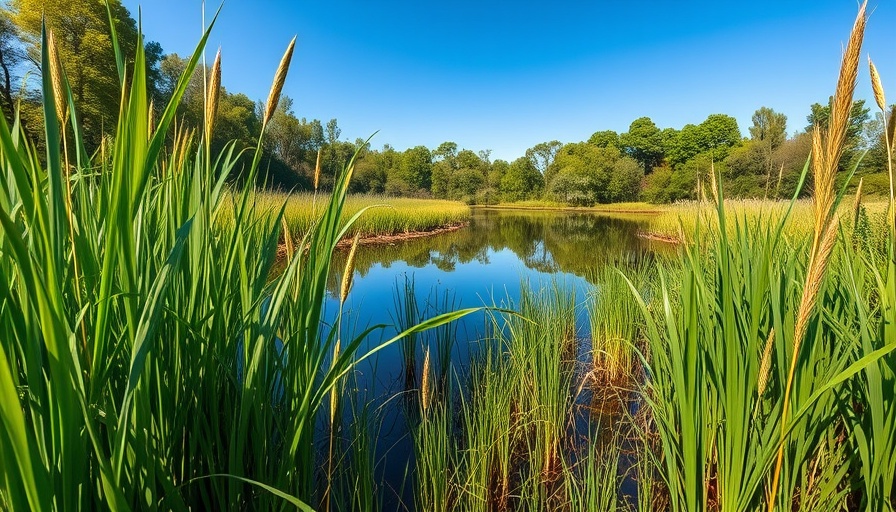
Rising from the Ashes: The Dusky Gopher Frog's Fight for Survival
The dusky gopher frog, once on the brink of extinction, has become a symbol of hope in the fight against environmental degradation. In the early 2000s, this unique species faced dire challenges in Mississippi, with only about 100 individuals remaining in what was described as a 'slaughterhouse' situation by experts. Dr. Steve Reichling, director of conservation at the Memphis Zoo, emphasized the catastrophic conditions this species endured, as parasites decimated populations and harsh environmental conditions led to a collapse of their breeding grounds.
Today, thanks to unwavering efforts by scientists and conservationists, the dusky gopher frog's numbers have surged to over 600 as of August 2025, marking a remarkable turnaround. Such success stories serve to illustrate the impact of dedicated conservation initiatives, reminding us of the importance of sustaining biodiversity. Aiming to replicate these efforts globally, conservationists stress that much work remains to be done for many other species at risk.
Lessons Learned: Why Conservation Matters
The plight of the dusky gopher frog underscores critical lessons in conservation strategy and community involvement. Key to this success is not just scientific intervention, but also local engagement. Conservation programs have involved the wider community, raising awareness about habitat preservation and local ecology. For instance, educational initiatives have been crucial in fostering a sense of stewardship among residents, enabling them to become active participants in safeguarding their local environment.
The Role of Funding and Resources in Conservation Efforts
Squaring off against the threats posed by environmental degradation requires a substantial commitment of resources. Conservation efforts for the dusky gopher frog received vital funding from state and federal initiatives aimed at recovering endangered species. Recent trends in environmental policy suggest a growing recognition of the value of these investments, as governments and NGOs collaborate to pool resources, thus enhancing the efficacy and reach of conservation programs.
Future Predictions: What Lies Ahead for Endangered Species
As ecological crises escalate due to climate change and habitat loss, experts warn of the urgent need for more robust conservation frameworks. The resurgence of the dusky gopher frog may serve as a blueprint for similar efforts with other endangered species. Biologists are pressing for comprehensive strategies that not only focus on species recovery but also on habitat restoration and sustainable land-use practices. There is hope that continued scientific research and community outreach will ensure the future survival of the dusky gopher frog and potentially lead to other species’ rebound.
Conclusion: Is There a Path Forward for the Dusky Gopher Frog?
The dusky gopher frog’s revival reveals not just a success story, but a call to action. Every individual who connects with this cause plays a part in the broader narrative of conservation. The momentum built thus far must continue to flourish, compatible with improving local policies and environmental education. With shifting political priorities and increasing public awareness surrounding climate and environmental issues, it may just be possible to mitigate the threats that continue to endanger countless species.
As advocates for wildlife recovery, we should take heart and recognize that it is essential to sustain the collaborative spirit that reflects a community united in purpose to foster resilient ecosystems. Together, we can ensure that endangered creatures like the dusky gopher frog not only survive but thrive in the wild.
Let's commit to protecting our planet's biodiversity; learn more about how you can aid conservation efforts in your local area.
 Add Element
Add Element  Add Row
Add Row 



Write A Comment